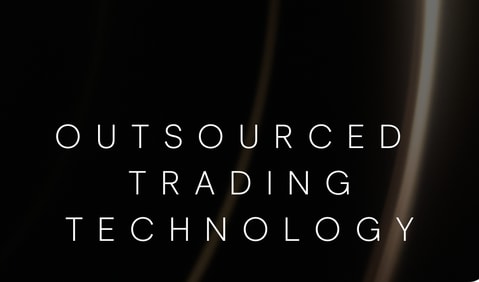Financial institutions making bold claims about how they offer ‘best in class’ technology, delivering ‘world beating functionality’ and providing ‘unparalleled usability’ are nothing new. An explosion of innovative fintech providers in the FX space have arguably fuelled the marketing narrative here in recent years, with a plethora of off the shelf solutions smoothing the way for broker-in-a-box type entities to be created in a matter of days. But as currency markets continue their evolutionary path, what genuinely acts as the litmus test when you need to ensure the service provider really is up to the task of delivering the promised goods?
Exceptional levels of volatility through many periods of 2020 provided the market with a solid foundation against which this question can be answered. On many occasions the year saw these technologies – and their accompanying robust claims – tested to the extreme. Perhaps it was unsurprising that some counterparties failed to live up to expectations, but one stand-out point has been the key role played by a select number of tech-focused providers in maintaining an orderly market. And whilst a robust tech stack and a well-resourced team of developers would always sit behind this, COVID-induced market volatility showed that cutting edge platforms were only part of the solution - something which was pushed to the fore in March as the world literally ground to a halt and gold prices in particular threatened a dislocation.
As Tim Wilbraham Quant Trading Manager at CMC Markets explains: “As the spread of COVID accelerated, the market was hit from all sides. Refineries were shutting down because of staff shortages, the options for transporting precious metals dwindled and investors wanted to buy into the classic safe haven investment, too. As a result, many of the traditional liquidity makers began pulling prices from the market. At CMC Markets, by blending the price feeds we had available to us from the underlying physical, futures and our internal retail flow, we were able to continue making a price throughout the fast moving market. Similar patterns were repeated across a number of other assets too including exotic currencies and again we were able to step up in a move which not only underlines the strength of our technology and commercial relationships, but also just how far some parts of this industry have now evolved.”
And it’s examples like this which perhaps start to paint a picture of what needs to be understood about a counterparty, how it functions and in turn, its likely reliability. It’s not just about the technology, but also those upstream relationships, the potential to internalise flow and how close any liquidity provider sits to the true supply. Factors such as these play a critical role in minimising market impact, an important point that simply cannot be achieved by counterparties who, regardless of how good their technology is, are repeatedly forced to head out and probe the market for prices.
CMC’s Tim Wilbraham continued: “The importance of reducing market impact can be overlooked – but is absolutely vital as it plays a key role in minimising trading costs. We’ve developed bespoke technology here which is supported by a huge weight of data to power the customised risk management processes that allow us to either internalise orders or place them seamlessly into bespoke pools of external liquidity sourced tier one banks, augmented by other non-bank and ECN venues to maximise flexibility.”
The necessary infrastructure here however doesn’t come cheap. Not only will a liquidity provider need a sufficiently weighty balance sheet to attract those big hitting counterparties, but there’s also a significant technology investment that needs to be made, both to build and then support such an operation. As Wilbraham points out: “CMC Markets has invested over £100m in building up an industry-leading platform, affording us the flexibility to connect with retail and institutional clients in a low latency environment. This is also supported on a rolling 24 hour basis by our global office network, ensuring service reliability whenever the underlying markets are open. Collectively, with counterparties reassured by our commitment to sustaining this best in class performance, we have been able to generate the critical mass that’s so vital to succeed as a liquidity maker.”
The ability to augment any liquidity offering with internal flow isn’t just vital for minimising market impact, as it’s also hugely valuable when it comes to maintaining robust price construction – albeit a point seemingly wrapped in controversy. A recent white paper written by WBR in conjunction with CMC Markets illustrated the wildly differing views held by the institutional market as to whether this added value. Given the critical role played by retail flow through the March 2020 gold dislocation, it’s perhaps difficult to understand the viewpoint of those who take the line that all such liquidity is inherently ‘bad’. Arguably it also fails to account for the fact that providers who are able to incorporate this off-market flow are also left in a position where they can quote with better depth than those who create liquidity by focusing purely on the same pool of underlying institutional prices.
So, the message seems clear. Whilst technology is hugely important, in isolation that doesn’t provide the proverbial silver bullet when it comes to quality assurance. Understanding the upstream relationships and the levels of connectivity should be seen as fundamental in deciding whether a provider can consistently deliver against its stated performance indicators or service level agreements. Without the unique pricing, stability of service, trade execution with minimal impact and the ability to consistently serve up liquidity with meaningful depth, the potential for failure here should be easy enough to spot.



